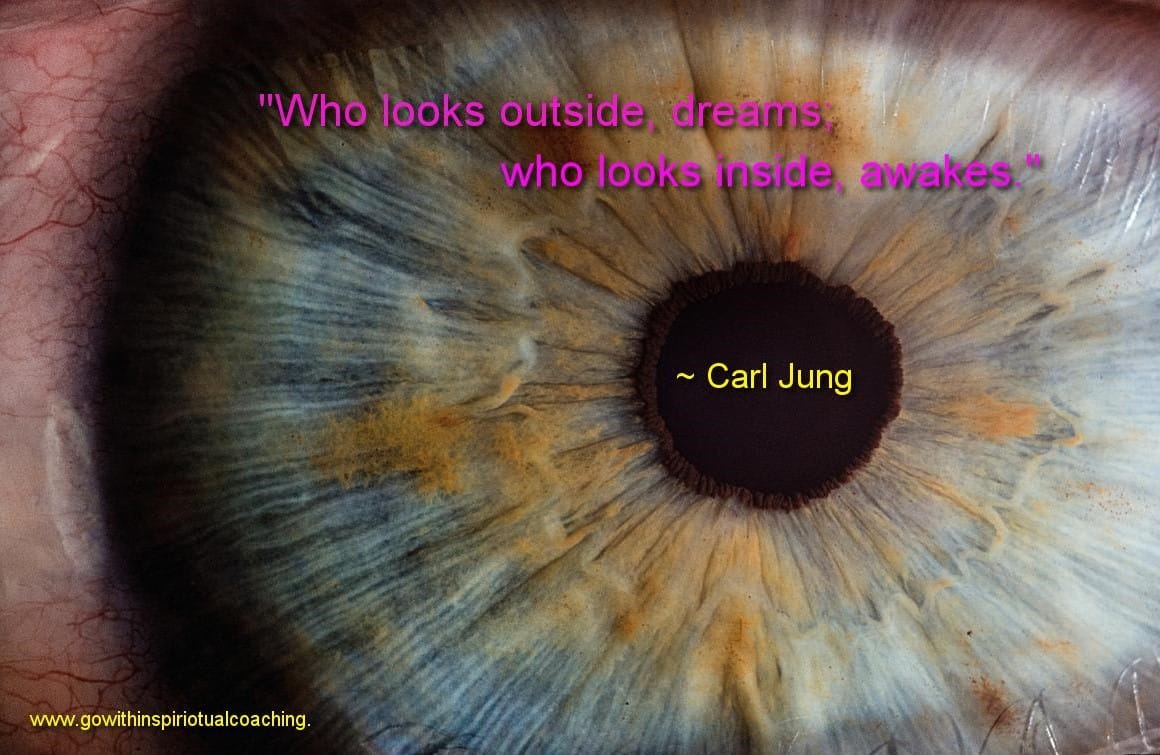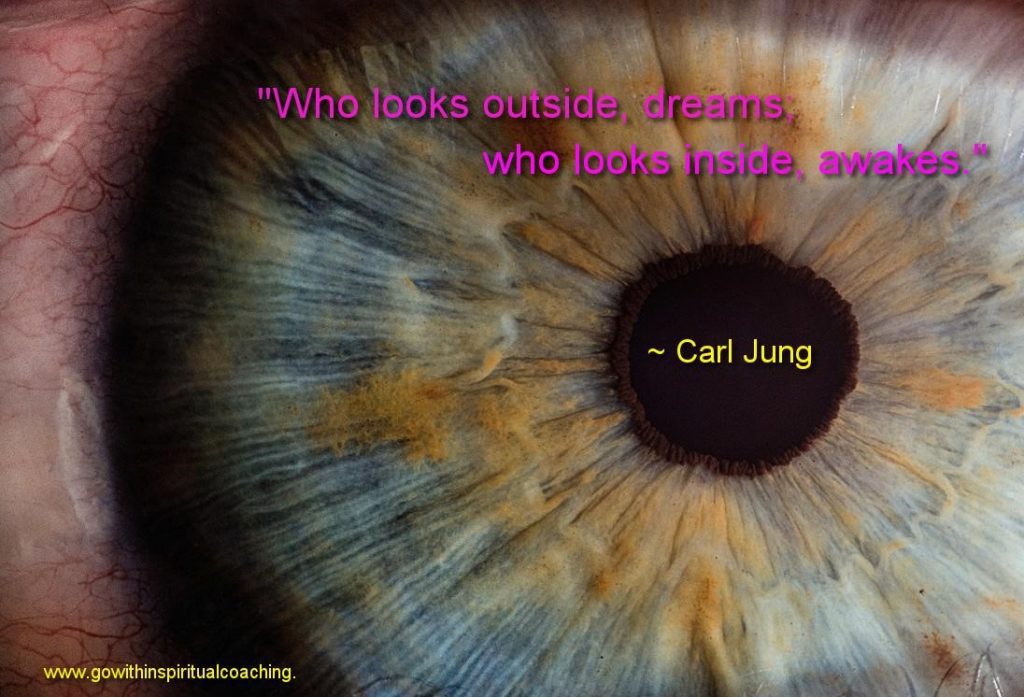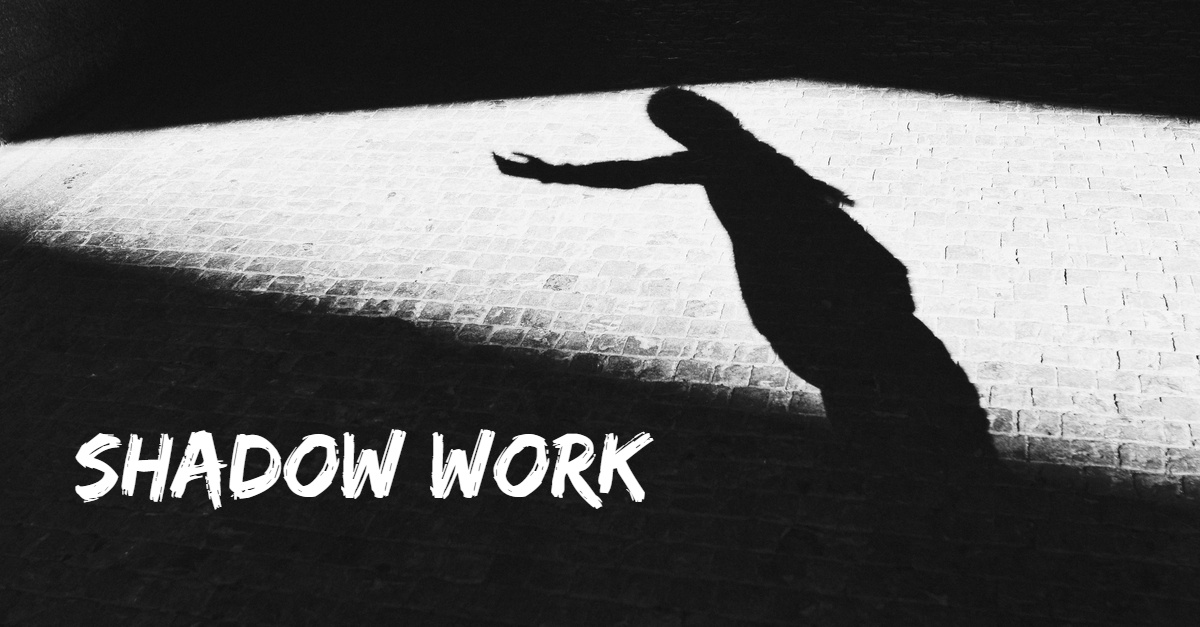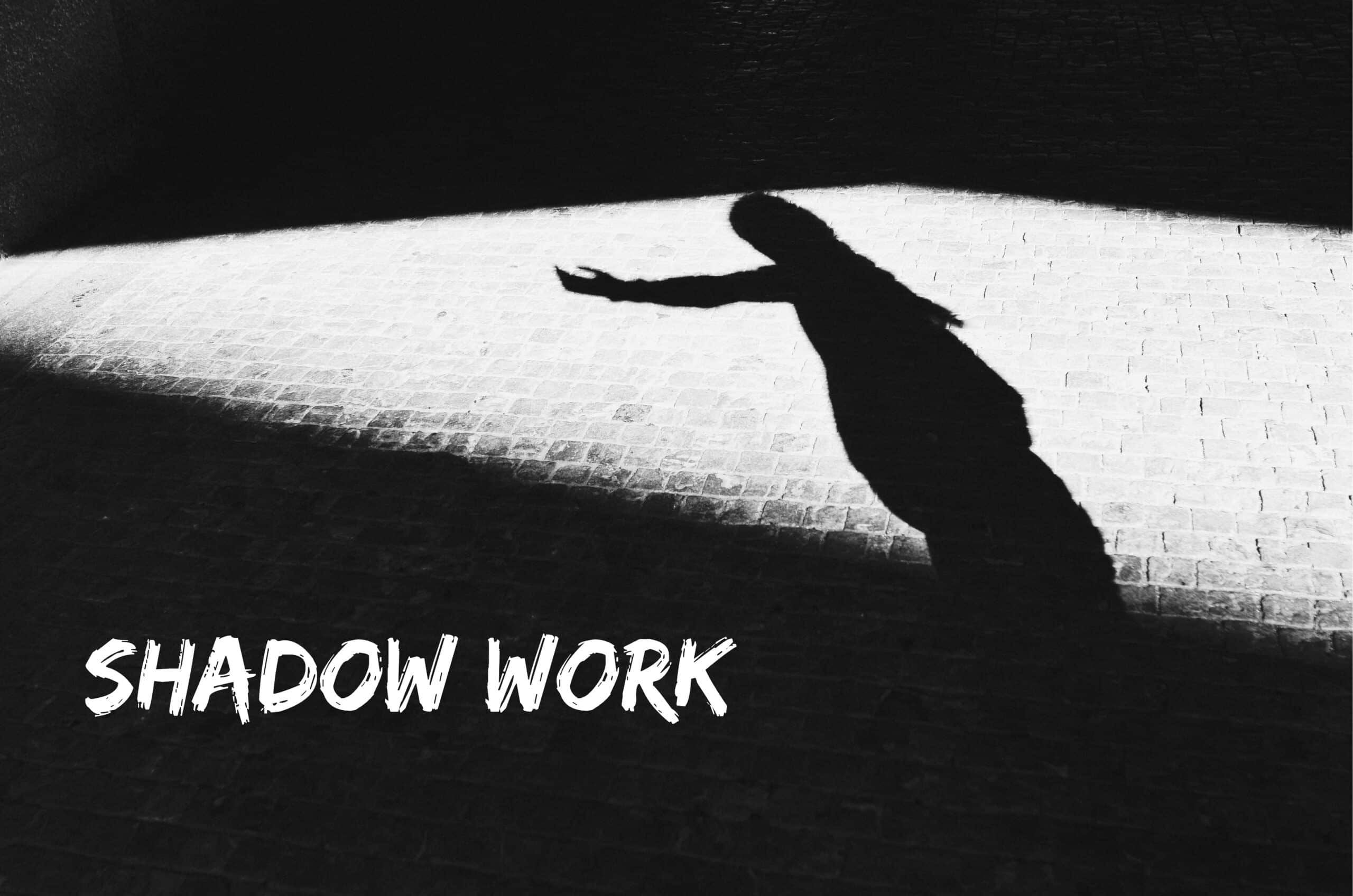
The Power of Shadow Work: Carl Jung’s 5 Steps to Transformation
by Debbie Gill | Apr 1, 2024 | Blog, Shadow Work

Shadow Work Carl Jung: Understanding Your Hidden Self for Transformation
Swiss psychiatrist Carl Jung introduced the concept of shadow work, a powerful psychological process that helps individuals uncover and integrate the hidden aspects of their personality. These suppressed parts—our fears, insecurities, and traits we reject—are known as the shadow self.
Jung believed that ignoring the shadow self leads to self-sabotage, emotional repression, and unconscious behaviors that hold us back in life. By engaging in shadow work Carl Jung developed, we create an opportunity for deep self-awareness, healing, and transformation.
If you’ve ever felt triggered by someone, struggled with repeating patterns, or reacted in ways that surprised even yourself, your shadow is at play. The good news? You can work with it instead of against it.
What Is Shadow Work?
Shadow work meaning is the practice of acknowledging, understanding, and integrating your shadow self—the hidden emotions, behaviors, and fears that reside in your unconscious. These aspects often form in childhood when we are taught which emotions and traits are “acceptable” and which should be suppressed.
For example, if a child is frequently scolded for expressing anger, they may grow up believing that anger is “bad” and unconsciously repress it. However, that repressed anger doesn’t disappear—it manifests in passive-aggressiveness, self-sabotage, or unexplained frustration.
Jung’s shadow work theory teaches that by confronting these hidden aspects, we regain wholeness. Instead of allowing the shadow to control our behaviors unconsciously, we bring it into the light and use its lessons for growth.
Signs You Need Shadow Work
Shadow work is for anyone seeking personal growth, self-acceptance, and emotional balance. Some signs that shadow work may benefit you include:
- Strong emotional triggers – Overreacting to certain people or situations
- Self-sabotaging behavior – Avoiding success, struggling with imposter syndrome
- Repetitive relationship patterns – Attracting the same toxic dynamics
- Feelings of guilt or shame – Suppressing emotions or struggling with self-worth
- Projecting onto others – Criticizing traits in others that you unconsciously possess
If you recognize any of these, it’s likely your shadow self is influencing your actions without your awareness. Shadow work helps bring these unconscious patterns into the light so you can take control of your emotions and behaviors.
Carl Jung’s Approach to Shadow Work
Jung’s shadow work theory emphasizes that self-awareness and integration are key to personal transformation. Here’s how Jungian shadow work is typically approached:
1. Acknowledge Your Shadow
The first step is recognizing your shadow self instead of denying or suppressing it. Shadow work requires deep self-reflection and the courage to face uncomfortable truths about yourself.
Ask yourself:
- What traits in others do I strongly dislike?
- When have I reacted in a way that surprised me?
- Are there emotions I suppress because I was taught they were “bad”?
By answering these questions honestly, you start identifying hidden aspects of your shadow self.
2. Observe Emotional Triggers
Carl Jung emphasized that our triggers reveal what remains unhealed within us. If someone’s confidence irritates you, it could indicate repressed insecurity about your own worth.
Instead of immediately reacting, pause and observe your emotions. Ask yourself:
- Why did this situation trigger me?
- Is there an unresolved wound beneath my reaction?
- What does this experience teach me about myself?
Learning from emotional reactions turns triggers into opportunities for growth.
3. Engage in Shadow Journaling
Journaling is one of the best ways to engage in shadow work Carl Jung advocated for. Writing down thoughts and emotions uncovers hidden fears and limiting beliefs.
Try these prompts:
- What is a personality trait I suppress or feel ashamed of?
- When have I blamed someone else for something I might also struggle with?
- What emotions make me uncomfortable, and why?
Through shadow journaling, your unconscious mind becomes more accessible, making it easier to integrate and heal suppressed emotions.
4. Practice Self-Compassion
Shadow work isn’t about criticizing yourself—it’s about understanding yourself. Accepting that we all have a shadow self helps reduce judgment and fosters self-compassion.
Instead of thinking, “I shouldn’t feel jealous,” reframe it as:
- “I acknowledge my jealousy and explore where it comes from.”
- “This emotion is teaching me something about my desires and insecurities.”
Through self-compassion, you embrace your whole self—light and dark—without guilt or shame.
5. Seek Integration, Not Elimination
One of the biggest misconceptions about shadow work Carl Jung developed is that it’s about removing your shadow. However, Jung emphasized integration, not elimination.
Your shadow self isn’t something to get rid of—it’s something to understand. Within your shadow lie hidden strengths. For example:
- Repressed anger can become assertiveness and boundary-setting.
- Repressed fear can become caution and preparedness.
- Repressed sadness can become depth and empathy.
The goal of shadow work isn’t to erase parts of yourself, but to embrace them in a healthy way.
The Benefits of Shadow Work
When you engage in shadow work Carl Jung introduced, you:
- Improve self-awareness and emotional intelligence
- Release limiting beliefs and past conditioning
- Stop self-sabotage and unhealthy patterns
- Cultivate stronger, healthier relationships
- Unlock hidden strengths and creativity
Rather than allowing your shadow to control your actions, you regain power over your thoughts, emotions, and decisions.
Start Your Shadow Work Journey
Carl Jung believed that wholeness comes from integrating all parts of ourselves—both light and dark. By engaging in shadow work, you free yourself from the limitations of the unconscious mind and step into deeper self-awareness, confidence, and transformation.
If you’re ready to begin, Go Within Spiritual Coaching offers a 6-week online course, Say Hello to Your Shadow Fears, designed to:
- Help you identify and embrace your shadow self
- Transform limiting patterns into strengths
- Heal emotional wounds and break self-sabotaging cycles
- Cultivate self-compassion and authentic confidence
Your shadow holds the key to your deepest growth and empowerment. Are you ready to explore it?






